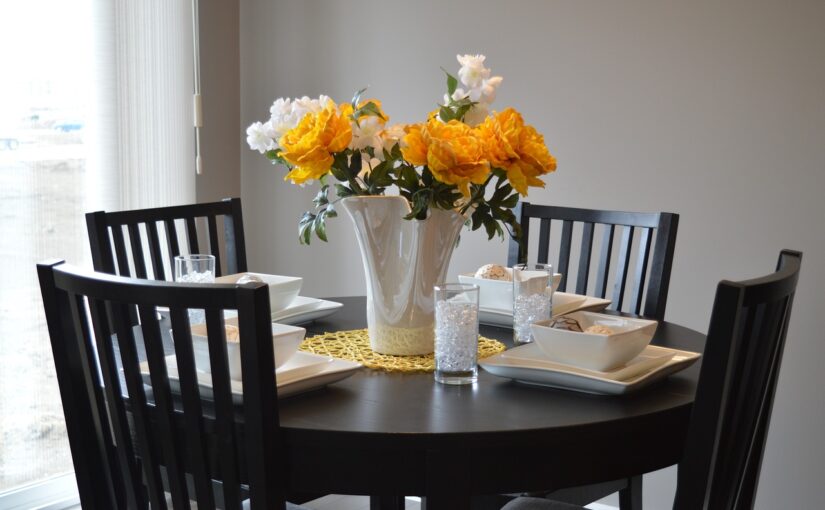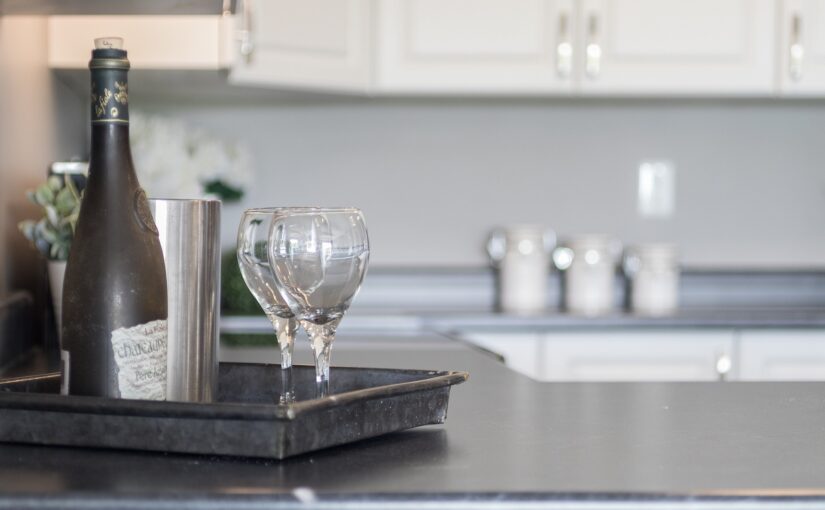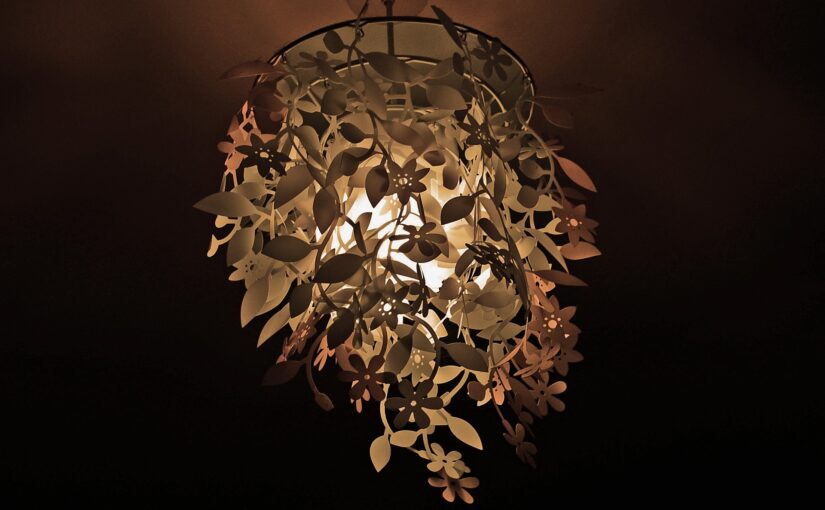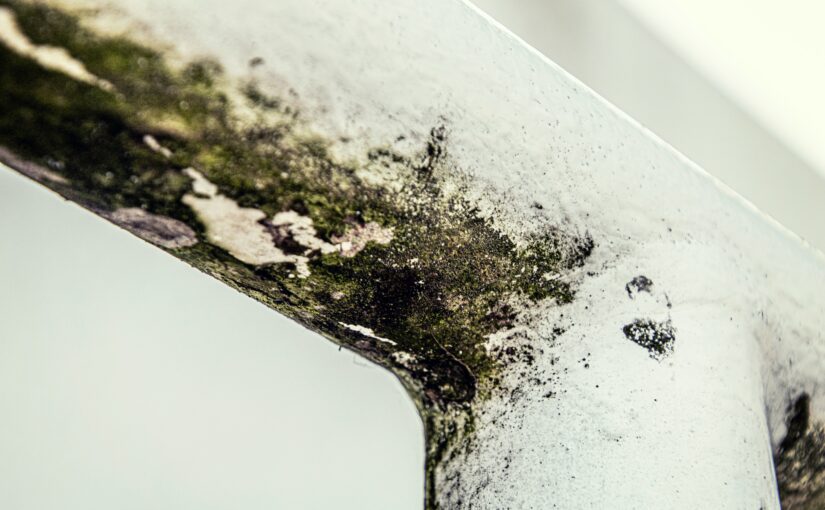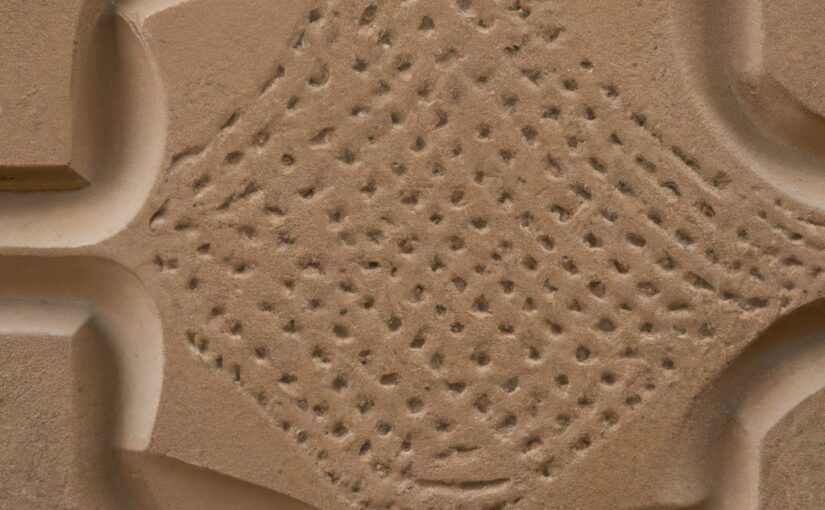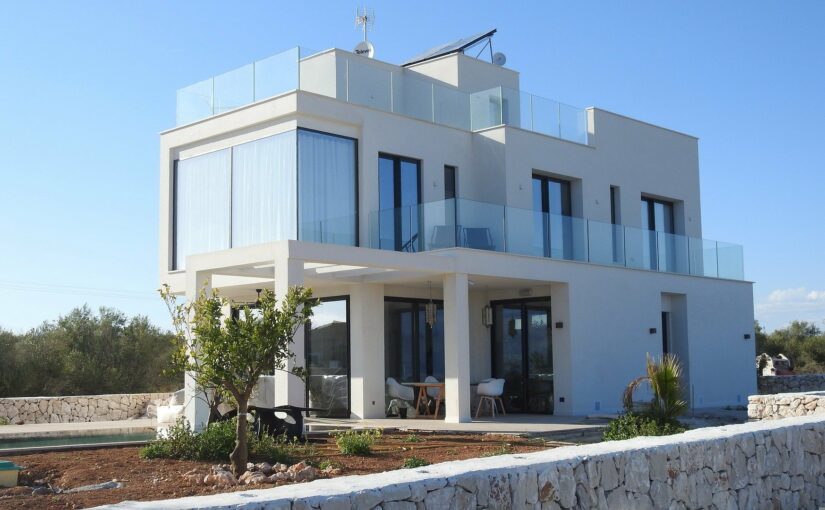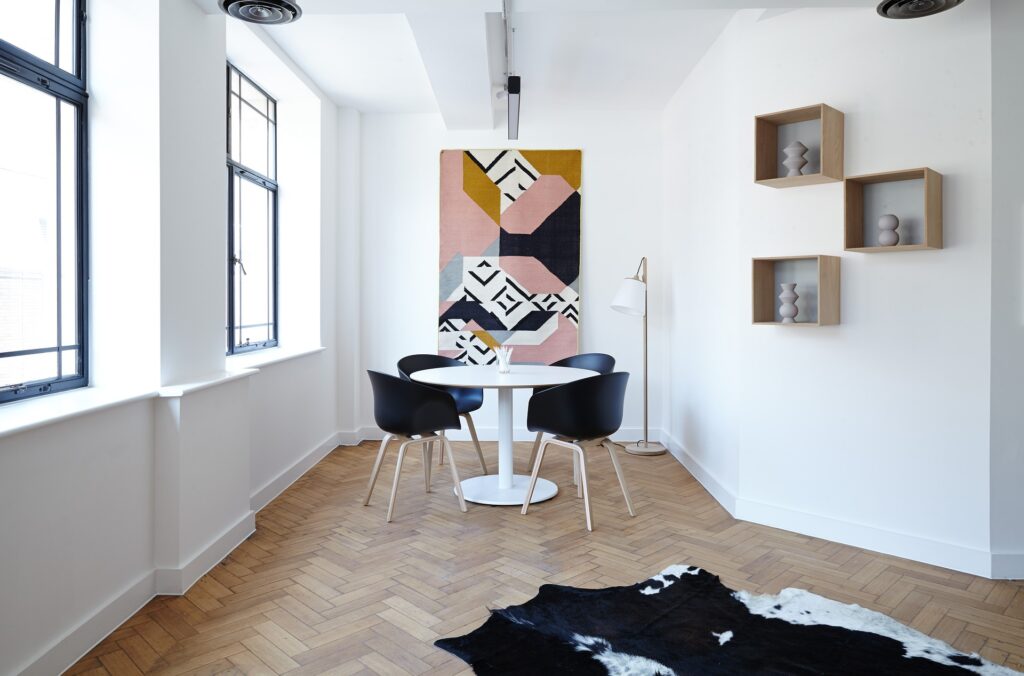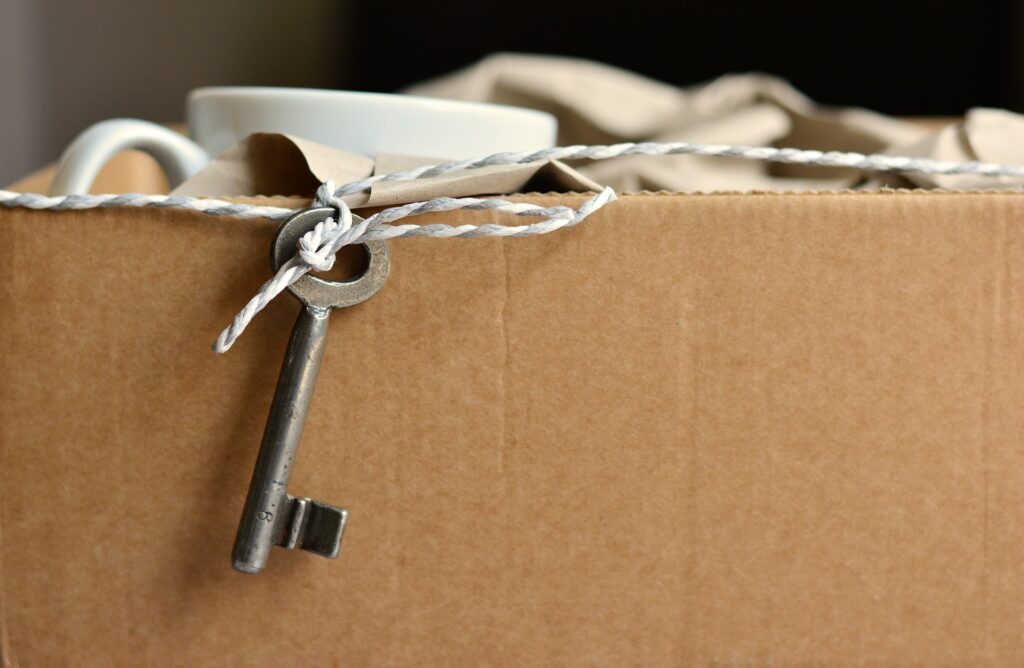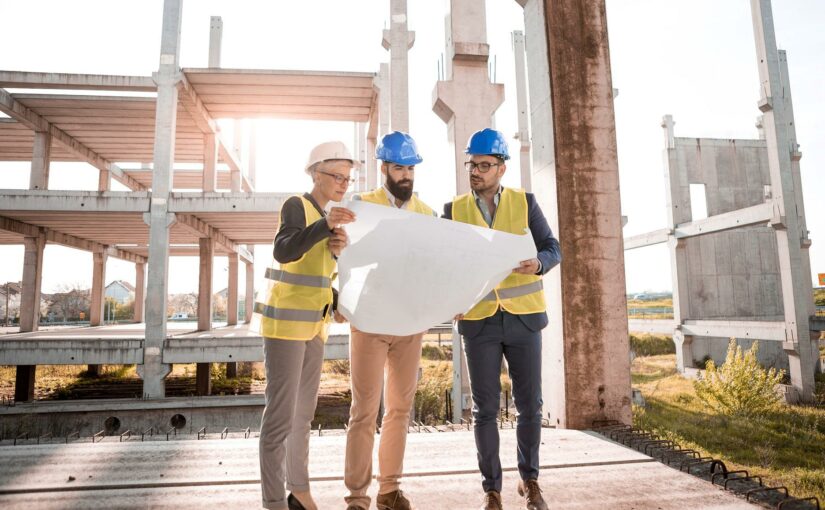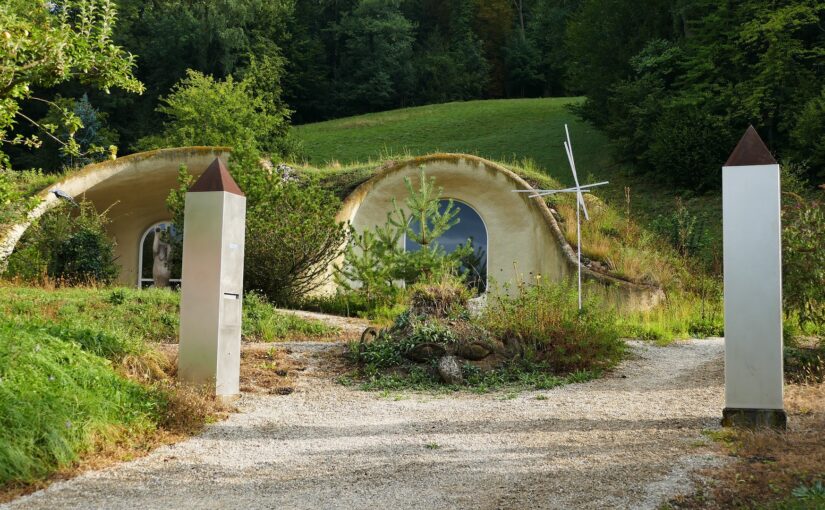If you’re eager to zip through the real estate market like an Olympic sprinter, you’ve come to the right place. Selling a property quickly can be a stressful task, but fear not! We’ve got some delightful tricks up our sleeves to help you navigate this fast-paced world with finesse and a touch of humour. So, strap on your running shoes, and let’s sprint our way to a quick sale!
1. Set the Stage with a “Wow” Factor
Picture this: a potential buyer enters your property and is instantly mesmerized. How? By creating an unforgettable first impression! Stage your property like a magician, transforming it into a captivating oasis that catches the eye and steals the heart. Remember, a well-staged home is like a well-delivered punchline—it leaves them wanting more!
2. Price it Right, Not “Priceless”
Price is crucial, my friend. While we all believe our properties are worth a fortune, let’s be practical. Setting the right price is like telling a joke—it requires precise timing. Research the market, consult experts, and find that sweet spot where the price is attractive enough to lure buyers like bees to honey, but not so high that they start searching for an escape route.
3. “Clickbait” Photos
Snap and Sell! In the era of Instagram filters and Snapchat stories, the power of visuals cannot be overstated. Capture your property’s essence through stunning photographs that showcase its best angles. Remember, photos should be more enticing than a delicious dessert photo—so tantalizing that buyers can’t help but click that “Contact the Seller” button!
4. The “Neighbourhood Secrets” Game
Let’s add a touch of mystery to the mix! Highlight the hidden gems and unique aspects of the neighborhood that will make potential buyers fall head over heels. Is there a delightful bakery around the corner that smells like freshly baked success? Or a park with a view that would make Monet swoon? Share these little treasures and watch buyers’ curiosity grow faster than a rumor at a family gathering!
5. Spread the Word, Like Confetti at a Party
When it comes to selling your property swiftly, marketing is the name of the game. Employ both traditional and modern techniques to create a buzz. From catchy online listings that make buyers snort their coffee to offline promotions that leave them grinning like a Cheshire cat, cast your net wide, my friend. Remember, a well-promoted property is like a viral meme—it spreads like wildfire!
In the age of social media, word-of-mouth is still a mighty force. Encourage satisfied buyers to spread the news of your amazing property like gossip at a high school reunion. Provide incentives for referrals, such as a gift card to the local coffee shop or a home-made pie. Remember, when it comes to word-of-mouth, the grapevine can grow faster than a wild vine in a tropical rainforest!
6. “Open House Extravaganza”
Turn your open house into an unforgettable event that’s talked about for years to come. Create an atmosphere that rivals a rock concert—live music, delectable treats, and maybe even a magician who can make potential buyers say, “Abracadabra, I’ll take it!” The goal is to make your property the star of the show and leave buyers buzzing with excitement.
7. “Smooth Operator” – Fix It Up
Nobody wants a property that resembles a rollercoaster ride with squeaky floors and leaky faucets. Before putting your house on the market, address any maintenance issues and give it a fresh coat of paint. Remember, a well-maintained property is like a smooth-talking charmer—it wins hearts effortlessly!
8. “VIP Treatment”
Make your potential buyers feel like royalty. Roll out the red carpet, figuratively or even literally if you’re feeling fancy! Offer personalized tours, showcase the property’s unique features, and make them feel as special as a celebrity at a movie premiere. Remember, happy buyers are more likely to turn into speedy buyers!
9. “The Speedy Negotiation Dance”
When it comes to negotiation, be a smooth dancer. Flex those negotiation skills and find a middle ground that satisfies both parties. Remember, negotiating is like a tango—it takes finesse, quick thinking, and a little give and take. With the right moves, you’ll seal the deal before they even know what hit them!
10. The Magic of Quick and Easy Financing
Smooth and hassle-free financing options can be a game-changer when it comes to attracting buyers who want to seal the deal quickly. Partner with reputable lenders or mortgage brokers who specialize in swift approvals and easy processes. Highlight the convenience and simplicity of your financing options, emphasizing that buyers can secure their dream property without breaking a sweat.
Conclusion: Quick Sale
Armed with these tips, you’re now equipped to conquer the real estate market with flair and humour. Sell your property faster than a rocket-propelled unicorn on roller skates! Remember, a quick sale doesn’t mean compromising on style or fun. So, go forth and watch those offers flood in. Happy selling!
